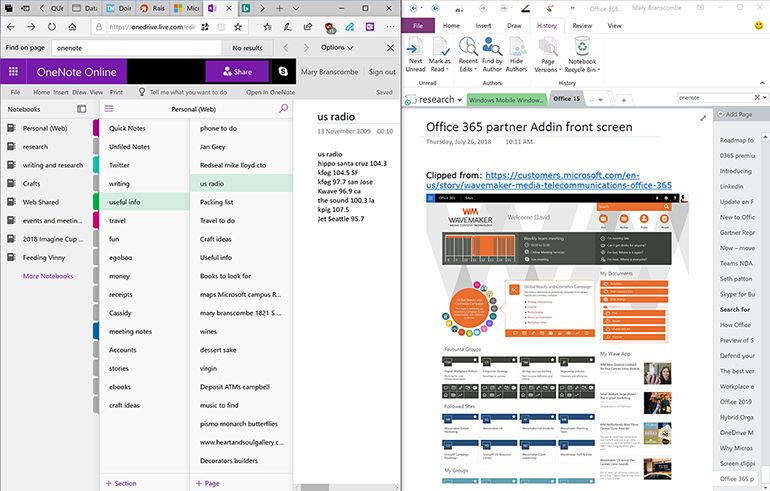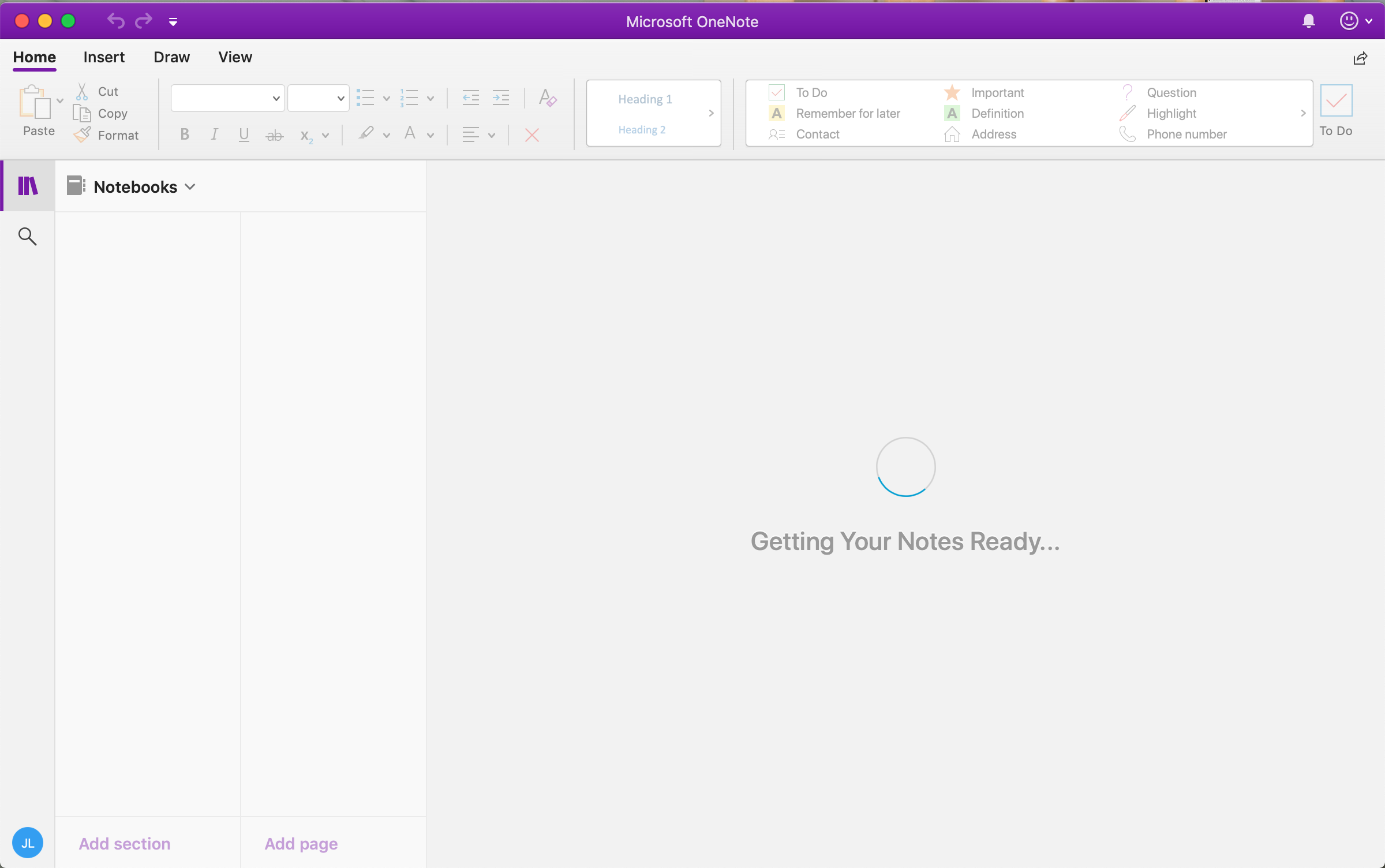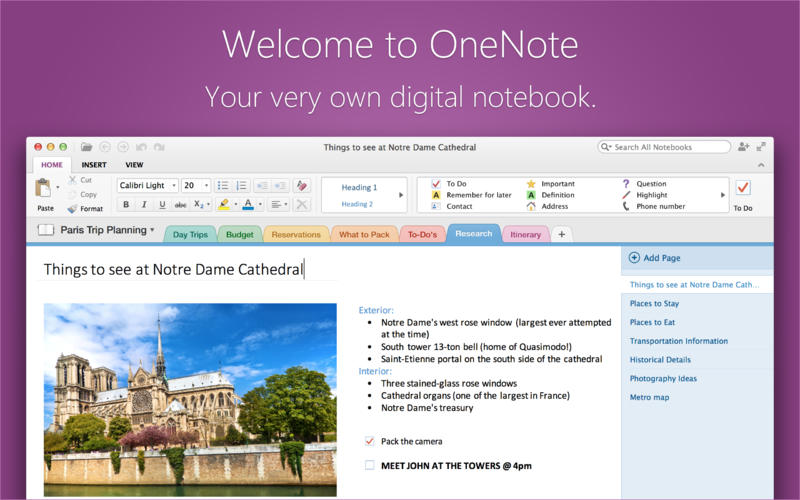OneNote for Mac requires access to OneDrive using a Microsoft account. To create or open notebooks in OneNote, sign in with your Microsoft account or the organizational account you’ve been given by your work or school. A Microsoft account is an email address used to sign in to Microsoft services. If you’re able to successfully open the notebook in OneNote for the web and the latest changes appear, then the problem may be caused by the Mac version of OneNote. Closing and re-opening affected notebooks usually clears and successfully resets the connection. Check Notebook on the Web. One can quickly check if the issue is from the OneNote or the installed.
…nor for all other OneNote versions apart from OneNote for Windows Office. Now it’s kind of official.
One of the features for OneNote for MacOS that gets the most votes on Uservoice-Forum is the option so save notebooks locally or on a network share, just like it is possible with OneNote 2016 for Windows (Office version only). Now a Microsoft employee ended that dream:
“We have no plans to support local notebooks in our other clients…”


He continued:
“…since storing your notebooks in the cloud enables experiences that are not otherwise possible”

While this rationale may sound like marketing twaddle (or even a lie), it’s not completely wrong. Some features like indexing handwritten notes or OCR’ing images (other than Windows, MacOS or iOS do not provide an internal mechanism for that), searching in closed notebooks or the web clipper are implemented on Microsofts servers, not inside the OneNote app. With locally saved notebooks you would lose all those features. That’s a design decision that Microsoft could not easily take back, even if they wanted to.
Onenote Mac Os X
As disappointing as that statement might be, it’s not much of a surprise. Even if OneNote is marketed as a part of MS Office (not only on Windows but also on the Mac or mobile devices), it isn’t. It’s a separate app that can be downloaded from the respective app stores for free. And it’s “declared” cloud software now. period.
